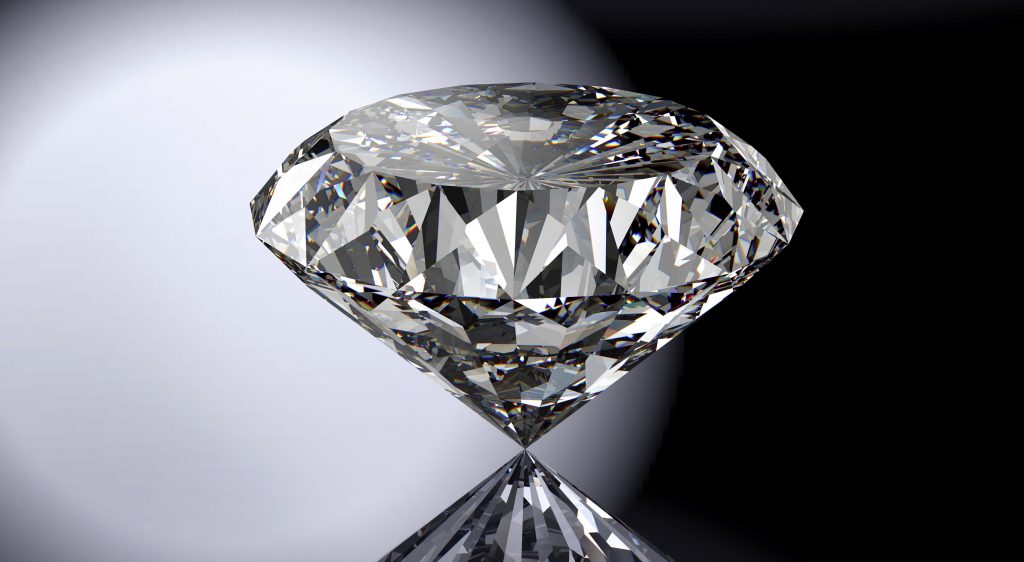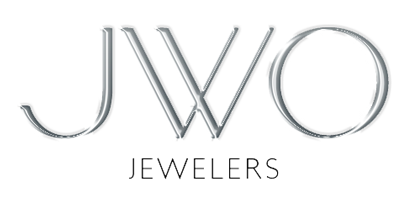770-552-9235
900 Mansell Road Suite 24 Roswell, GA 30076
Click Here to Schedule an Appointment
What are the 4Cs of Diamonds, when it comes to Diamond grading?

Why does it matter when shopping for an “Engagement Ring” or any other special piece for your loved one!
CUT
Of all the 4Cs, Cut has the greatest effect on a diamond’s beauty and brilliance. In determining the quality of the cut, the diamond grader evaluates the cutter’s skill in the fashioning of the diamond. The more precise the cut, the more captivating the diamond is to the eye. Ideal Cut, Excellent Cut, Very Good Cut, Good Cut and Fair. Of course, the price is greatly affected by the Cut, but when on a budget, symmetry and cut should come above clarity of the diamond, color of the diamond and above the carat weight of the diamond.
View the complete tutorial on the American Gem Society’s patented Light Performance cut grade or learn more about diamond cut grading.
COLOR
Color Gem-quality diamonds occur in many hues. In the range from colorless to light yellow or light brown. Colorless diamonds are the rarest. Colorless diamonds begin with the D, E, F, and G, after that, they are graded as near-colorless H, I, J, K. When buying a traditional diamond ring the best buy is usually in the near colorless range.
To the untrained eye, an H with a great cut, can look colorless. In some cultures (asian), it is frowned upon to give anything less than colorless. Other natural colors (blue, red, pink for example) are known as “fancy”, and their color grading is different than from white colorless diamonds. Take a look at interesting colored diamond trends across the industry or learn more about diamond color grading.
Take a look at interesting colored diamond trends across the industry or learn more about diamond color grading.
CLARITY
DIAMONDS can have internal characteristics known as inclusions or external characteristics known as blemishes. Diamonds without inclusions or blemishes are rare; however, most characteristics can only be seen with magnification.
When shopping for traditional diamond pieces, such as an engagement ring or wedding band with diamonds, most folks agree that very slightly included to slightly included is a very good buy. The range goes from flawless to very included and when purchasing a very included stone, the inclusions are visible without magnification.
Do not get confused with acronyms such as VVS1-VVS2 and so forth, as this simply stands for very very slightly included with one flaw visible or two flaws visible under extreme magnification.Learn more about diamond clarity and how it is determined.
Learn more about diamond clarity and how it is determined.
CARAT
The carat is the diamond’s physical weight measured in metric carats. One carat equals 1/5 gram and is subdivided into 100 points. Carat weight is the most objective grade of the 4Cs. Learn more about diamond carat weight. Most men today are determined to give at least one carat or above when proposing to their loved one.
In other cultures a simple band is followed by a diamond ring much later in the marriage. When it comes to diamond shapes and ring styles, there is many to choose from and some settings can give the optical illusion of being much bigger and vice versa.
Diamond Buying Tip:
When trying to get the best value for your engagement ring, and you are on a budget, look for the G-H in Color as it often looks completely colorless. Buy a VS2-SI1 stone, as there is no visible flaws without magnification. When you purchase a .90-.95 carat weight diamond, it will look like a carat but the price difference can be substantial.


